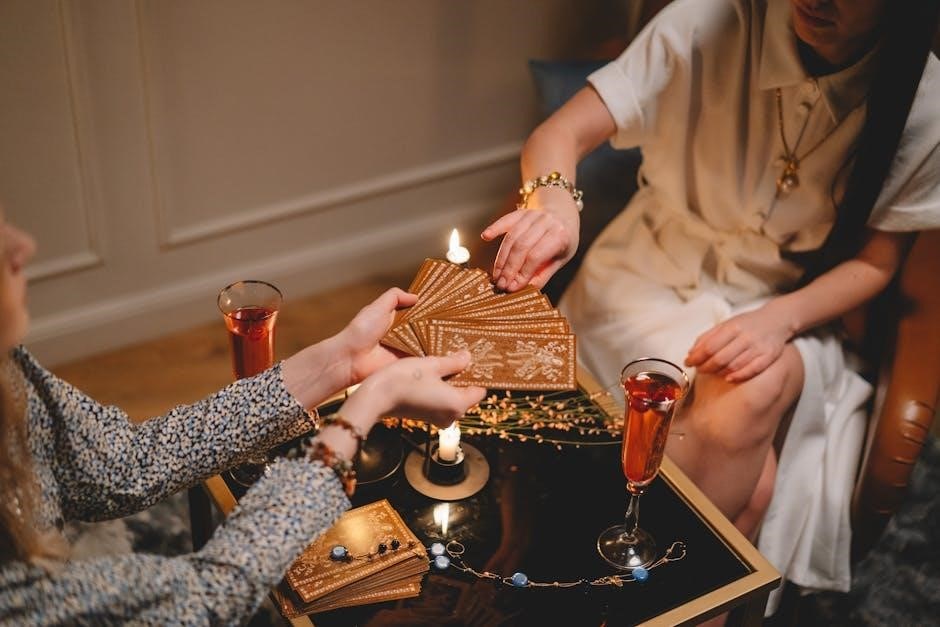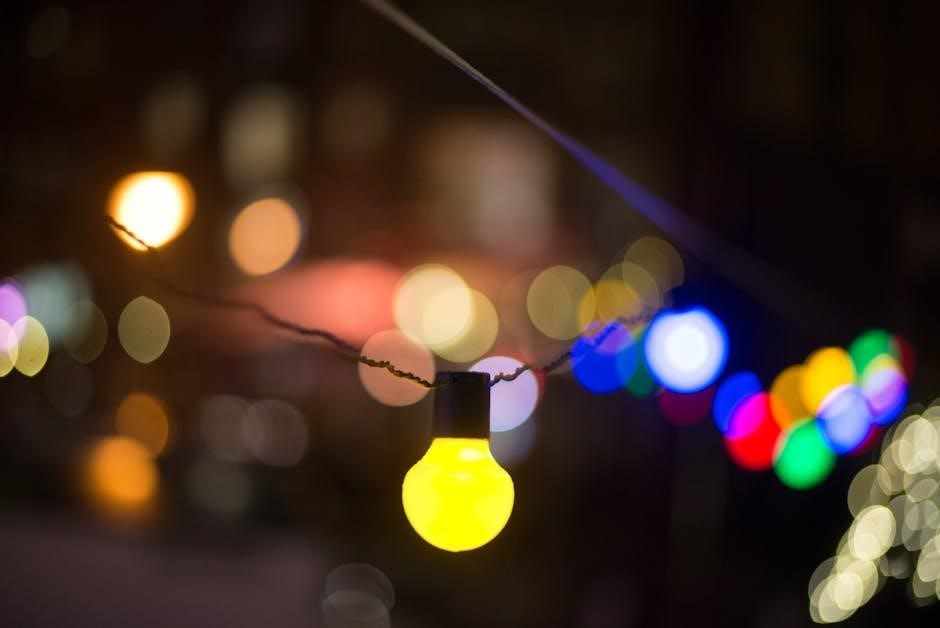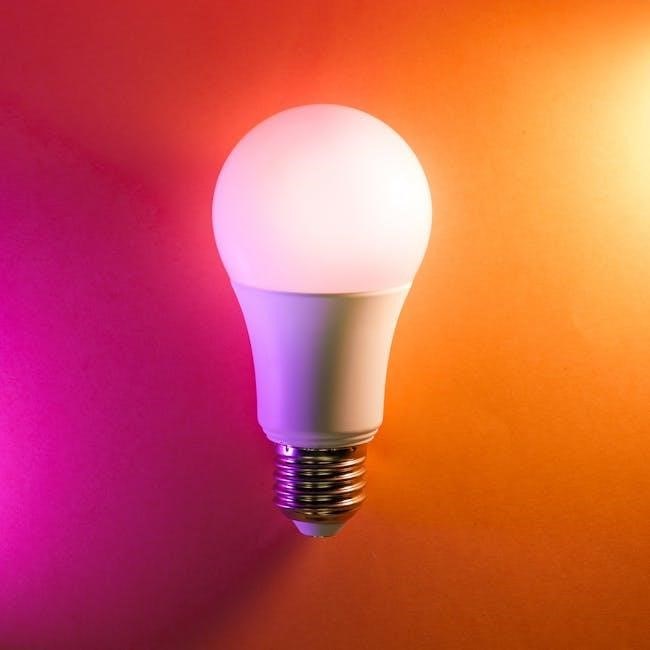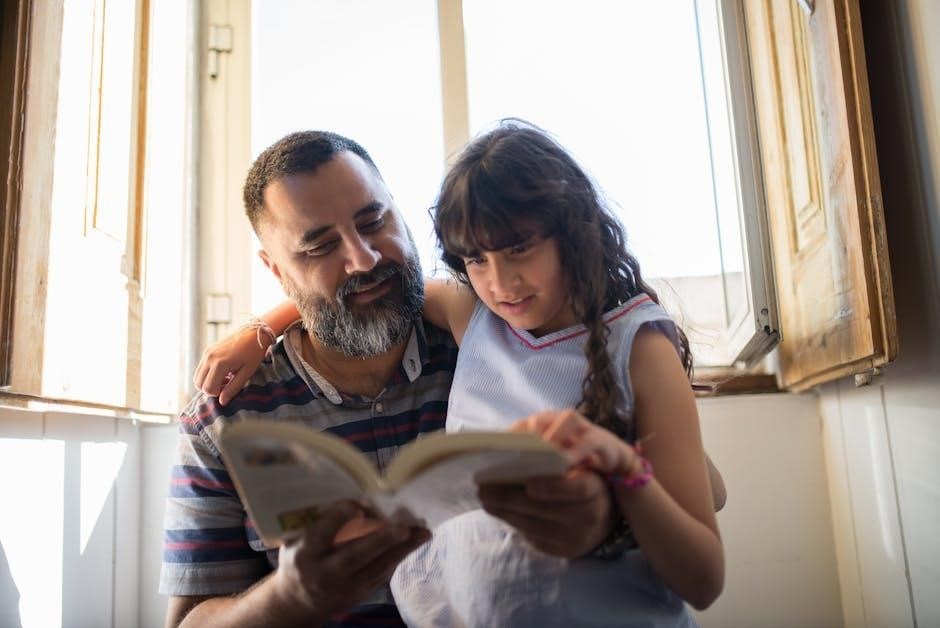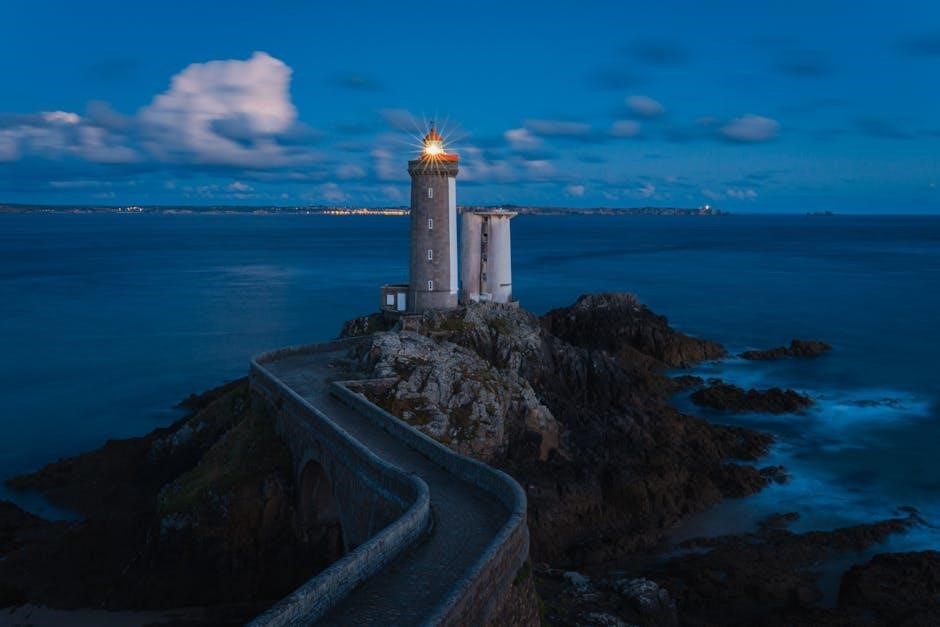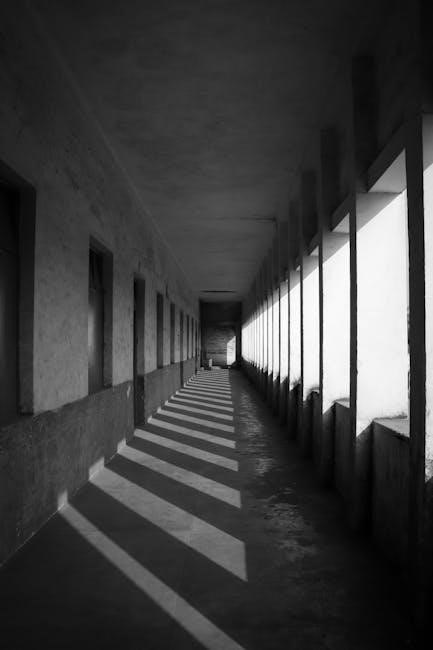Converting Lexile measures to Guided Reading Levels assists educators in selecting appropriate reading materials. This conversion helps match students to texts‚ promoting engagement and comprehension.
Understanding Lexile Measures
Lexile measures are a valuable tool for gauging both a student’s reading ability and the difficulty of a text. Developed by MetaMetrics‚ the Lexile Framework uses a numerical scale followed by an “L” (e.g.‚ 600L) to indicate reading level. The targeted reading level promotes 75% comprehension‚ challenging students without overwhelming them.
Students receive Lexile measures through school-administered tests like the SRI or standardized reading tests. Higher Lexile numbers signify more advanced reading abilities. The framework analyzes texts based on word frequency and sentence structure‚ assigning a Lexile measure that reflects its difficulty. Matching a reader’s and text’s Lexile levels facilitates optimal learning.
This system aids in selecting books that encourage progress and address specific needs.
What is a Lexile Measure?
A Lexile measure represents both a student’s reading ability and the complexity of a text. It is a numerical value followed by “L‚” such as 770L‚ indicating a specific point on the Lexile scale. This scale‚ developed by MetaMetrics‚ helps match readers with appropriate reading materials.
The ideal scenario is when a reader’s Lexile measure matches the Lexile measure of a book or article. For example‚ a student with a Lexile level of 770L should ideally read texts also rated at 770L. This ensures that the material is challenging enough to promote growth but not so difficult as to cause frustration.
Lexile measures are used to monitor progress and encourage achievement across various grade levels and curricula.
How Lexile Measures are Determined
Lexile measures are scientifically calculated by MetaMetrics based on a text’s characteristics‚ primarily word frequency and sentence length. Texts are assessed and assigned a Lexile measure‚ such as 600L‚ to indicate their difficulty.
A student’s Lexile measure can be determined through standardized reading tests or specific assessments like the Scholastic Reading Inventory (SRI). The SRI test is specifically designed to measure Lexile levels‚ while standardized reading tests convert results into a Lexile measure. If a student gets a 550L‚ then he or she is a 550 level Lexile reader.
The Lexile Framework works in increments of 10‚ with 10L being the lowest measure for texts. Anything below that is classified as Beginning Reader (BR). For readers‚ it works in intervals of five‚ with 5L being the lowest.
The Purpose of Lexile Levels
Lexile levels serve as valuable tools for educators‚ parents‚ and students‚ offering a standardized measure of both reading ability and text difficulty. These levels facilitate the selection of appropriately challenging reading materials‚ targeting areas in need of intervention and encouraging achievement.
The ideal scenario involves matching a reader’s Lexile measure with a text of the same level‚ such as a reader assessed at 770L reading a book with a 770L Lexile measure. This alignment ensures that the reader is challenged just enough to remain engaged without being overwhelmed.
By providing a common metric‚ Lexile levels enable educators to monitor student progress‚ tailor instruction‚ and foster a love for reading. The Lexile Framework is a good place to start in picking the right book at the right Lexile level.

Guided Reading Levels Explained
Guided Reading Levels provide a framework for matching readers with appropriately challenging texts. These levels‚ often represented by letters‚ help teachers facilitate small-group reading instruction effectively.
What are Guided Reading Levels?
Guided Reading Levels are a system used to categorize the difficulty of books‚ enabling educators to match students with texts that are appropriately challenging. Unlike Lexile measures‚ which are numerical‚ Guided Reading Levels typically use a letter-based system (A-Z)‚ with each level corresponding to specific reading skills and text characteristics. This system helps teachers facilitate small-group reading instruction.
The primary goal of Guided Reading Levels is to ensure that students are reading books that are neither too easy nor too difficult‚ fostering comprehension and engagement. Texts at each level have predictable characteristics in terms of sentence structure‚ vocabulary‚ and theme. This allows teachers to provide targeted support.
By using Guided Reading Levels‚ educators can effectively monitor student progress and adjust instruction to meet individual needs‚ promoting literacy development.
The Fountas & Pinnell System
The Fountas & Pinnell system is a widely used framework for Guided Reading Levels‚ providing a comprehensive approach to assessing and leveling texts. This system‚ developed by Irene Fountas and Gay Su Pinnell‚ uses a detailed set of criteria to determine a book’s difficulty‚ considering factors such as vocabulary‚ sentence complexity‚ and text structure. The Fountas & Pinnell system assigns each book a letter from A to Z.
This system is designed to support educators in matching students with appropriate reading materials. Their levels are designed to promote comprehension and engagement. The Fountas & Pinnell framework includes resources and tools.
This is to help teachers facilitate effective small-group reading instruction. The detailed assessment criteria allow for precise leveling‚ ensuring that students are challenged. Furthermore‚ it provides a framework for monitoring student progress and adjusting instruction as needed.
How Guided Reading Levels are Assessed
Guided Reading Levels are assessed through a combination of qualitative and quantitative measures‚ focusing on a student’s ability to read with accuracy‚ fluency‚ and comprehension. Educators typically use running records to analyze a student’s oral reading. This is to identify patterns of errors and self-corrections.
Comprehension is evaluated through retelling‚ discussions‚ and written responses to questions. Assessments consider various text characteristics. These include vocabulary‚ sentence structure‚ and the complexity of ideas presented. Teachers observe students during guided reading sessions. This is to gauge their ability to apply reading strategies independently.
Furthermore‚ tools like the Development Reading Assessment (DRA) are used. They provide standardized measures of reading proficiency. These assessments help teachers to accurately place students at the appropriate Guided Reading Level. This ensures they receive targeted instruction and support.

Conversion Charts and Resources
Conversion charts and online resources provide a bridge between Lexile measures and Guided Reading Levels. These tools assist educators in aligning reading materials with student abilities efficiently.
Lexile to Guided Reading Level Conversion Charts
Lexile to Guided Reading Level conversion charts are valuable tools for educators seeking to bridge two prominent reading assessment systems. These charts provide a crosswalk‚ allowing teachers to translate a student’s Lexile measure into an approximate Guided Reading Level‚ and vice versa. By comparing the student’s reading level to the corresponding book levels‚ educators are able to select books that are both challenging and engaging.
Several organizations‚ including MetaMetrics and Scholastic‚ offer these conversion resources. These charts typically display Lexile ranges alongside equivalent Guided Reading Levels (often using the Fountas & Pinnell system). It is crucial to understand that these charts offer approximations‚ and the individual student needs always take precedence. These charts are often organized by grade level or reading recovery level.
Online Resources for Level Conversion
Numerous online resources are available to facilitate the conversion between Lexile measures and Guided Reading Levels. Websites like Scholastic and Reading A-Z provide interactive conversion charts and tools that allow educators to quickly estimate equivalent levels. These resources often incorporate additional leveling systems such as DRA (Developmental Reading Assessment) and grade level equivalents‚ offering a comprehensive view of a student’s reading abilities.
Many of these online tools are freely accessible‚ while others require a subscription or membership. It’s essential to verify the credibility and accuracy of the source before relying on its conversions. Some resources also offer book searches based on Lexile level‚ allowing teachers to easily identify appropriate reading materials for their students. These online tools streamline the process of matching students with suitable texts‚ thus fostering improved reading comprehension.
Limitations of Conversion Charts

While Lexile to Guided Reading Level conversion charts offer a convenient way to estimate reading equivalencies‚ it’s crucial to acknowledge their limitations. These charts provide general approximations‚ and individual student needs may vary significantly. Factors such as background knowledge‚ interest‚ and motivation can impact a student’s ability to comprehend a text‚ regardless of its assigned level.
Conversion charts should not be used as the sole determinant for selecting reading materials. A student assessed at a specific Lexile level might thrive on a text slightly above or below the corresponding Guided Reading Level‚ based on their personal reading preferences and experiences. Moreover‚ these charts often fail to account for qualitative aspects of texts‚ such as theme complexity and text structure‚ which can influence comprehension. Therefore‚ educators should use conversion charts as a starting point‚ supplementing them with careful observation and assessment of individual student needs.

Practical Applications
Understanding Lexile and Guided Reading Levels enables educators to effectively differentiate instruction. This knowledge facilitates the selection of appropriate reading materials. Monitoring student progress becomes streamlined‚ enhancing overall reading development.
Using Lexile and Guided Reading Levels in the Classroom
Integrating Lexile measures and Guided Reading Levels in the classroom optimizes reading instruction. Teachers can use Lexile levels to identify texts that align with individual student reading abilities. This ensures students are challenged appropriately‚ promoting comprehension and engagement.
Guided Reading Levels‚ such as those from Fountas & Pinnell‚ offer a framework for small group instruction. By matching students to appropriately leveled texts‚ teachers can provide targeted support and scaffolding. This approach fosters reading fluency and comprehension.
Combining both Lexile and Guided Reading Level data provides a comprehensive view of a student’s reading profile. Teachers can use this information to differentiate instruction‚ select appropriate reading materials‚ and monitor student progress. This data-driven approach enhances reading outcomes.
Furthermore‚ educators can employ conversion charts to bridge the gap between Lexile measures and Guided Reading Levels. This ensures a cohesive understanding of a student’s reading capabilities across different assessment systems.
Selecting Appropriate Reading Materials
Choosing suitable reading materials is crucial for fostering student success. Lexile measures provide a quantitative assessment of text difficulty‚ aiding in the selection of books aligned with individual reading abilities. By matching students with appropriately leveled texts‚ educators can enhance comprehension and motivation.
Guided Reading Levels‚ such as those from Fountas & Pinnell‚ offer a qualitative approach to text selection. These levels consider factors like genre‚ text structure‚ and vocabulary‚ providing a holistic view of text complexity.
When selecting reading materials‚ it’s essential to consider both Lexile and Guided Reading Levels. Conversion charts can facilitate this process‚ bridging the gap between quantitative and qualitative assessments. This dual approach ensures students are challenged appropriately‚ promoting reading growth.
Additionally‚ student interests and learning goals should influence text selection. Engaging content can enhance motivation‚ while texts aligned with curriculum objectives support academic progress.
Monitoring Student Progress
Tracking student progress is essential for effective reading instruction. Lexile measures provide a standardized metric for monitoring growth over time. Regular assessments can reveal changes in reading ability‚ informing instructional decisions.
Guided Reading Levels offer a qualitative perspective on student development. Observing students during guided reading sessions allows educators to assess comprehension‚ fluency‚ and reading strategies. This observational data complements quantitative measures‚ providing a comprehensive view of student progress.
Conversion charts can be used to align Lexile and Guided Reading Levels‚ facilitating a holistic assessment approach. By tracking progress in both systems‚ educators can identify areas of strength and weakness‚ tailoring instruction to meet individual needs.
Regular progress monitoring helps ensure students are appropriately challenged and supported. Adjustments to reading materials and instructional strategies can be made based on ongoing assessment data‚ maximizing student learning.
